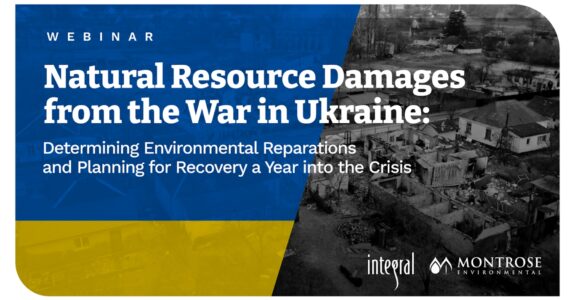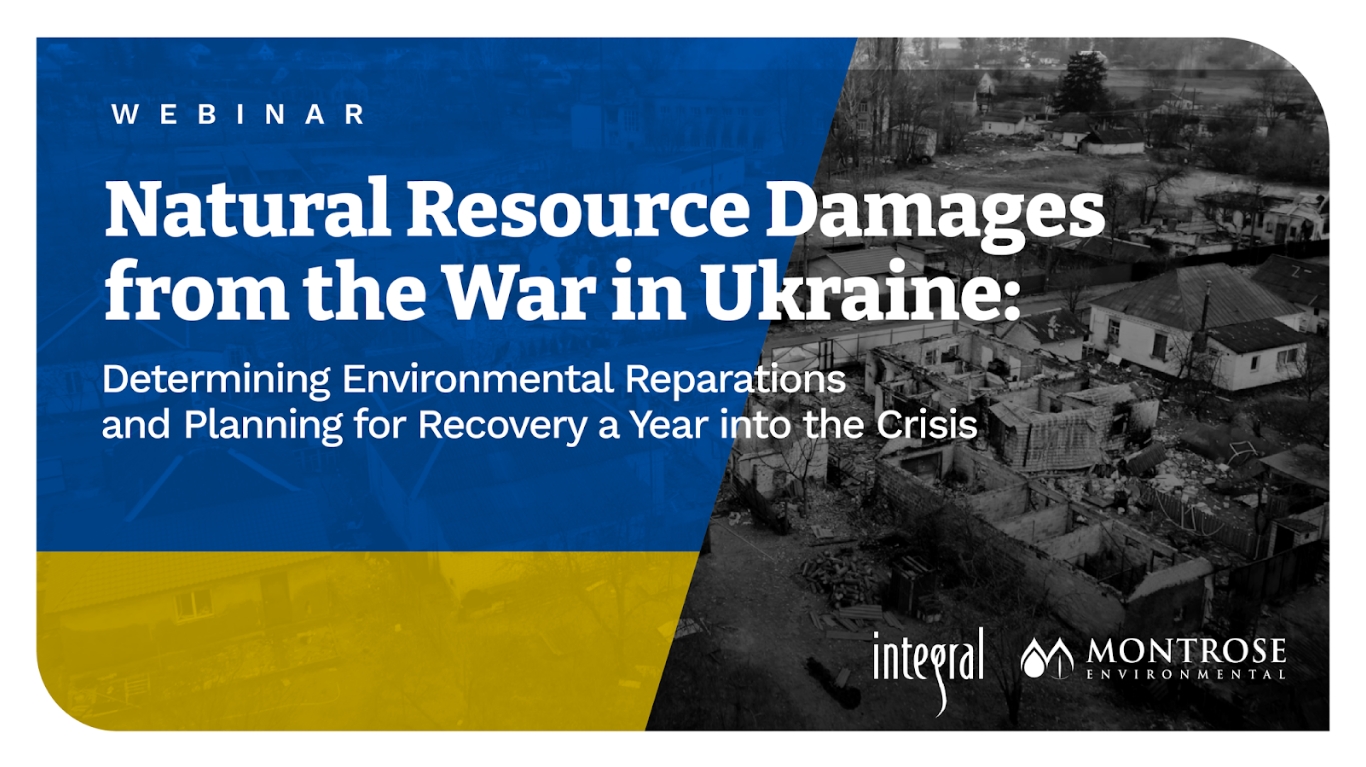
What is the method to restore the health of soils after the use of nuclear weapons?
August 7, 2023
By: Richard Wenning, PhD and Ted Tomasi, PhD
What is the plan or method to restore the health of soils after the use of tactical nuclear weapons?
In 2013 and 2014, three international conferences organized by the governments of Norway, Mexico, and Austria discussed the humanitarian consequences of using nuclear weapons. The evidence presented at the three conferences was unequivocal. The detonation of a nuclear weapon in or near a populated area would – as a result of the blast wave, intense heat, radiation, and radioactive fallout – cause massive death and destruction, trigger large-scale displacement of the population, cause long-term harm to human health and the environment, and require several decades to reconstruct infrastructure and regenerate economic activities, trade, communications, and social order. The effects of using nuclear weapons, notably the transboundary consequences of radioactive fallout carried downwind, would not be contained within national borders. Wildfires would likely extend the zone of immediate destruction. Severe disruption of the ground surface and the loss of vegetation would lead to greatly accelerated wind and water erosion of soils, leaving a nutrient-starved ground surface condition.
Setting aside the unimaginable, there are hopeful signs that recovery would be possible within a young person’s lifetime. Many experts believe that an area devastated by nuclear weapons could recover by the natural processes of ecological succession, but at a pace far more slowly and more unpredictably than any other form of ecological disruption. A review of scientific studies conducted after the 1986 Chornobyl nuclear power plant accident in Ukraine is an obvious first step to formulating a strategy to recover the environment affected by tactical nuclear weapons. The OECD Nuclear Energy Agency has closely monitored environmental conditions at Chornobyl since the accident. For example, the lessons learned from soil treatment studies and other ongoing environmental recovery work in the aftermath of the intense radiation released by the power plant are guiding the environmental restoration work.
Among the hopeful signs for recovery at Chernobyl, are the results of comprehensive monitoring studies conducted by the National University of Life and Environmental Sciences of Ukraine and Ukraine government Ministries. These studies suggest that much of the vegetation surrounding Chernobyl recovered within 3 years after the accident, even in the most radioactive areas within the 2,600 sq km (1,000 sq miles) Chernobyl Exclusion Zone. The immediate die-off of coniferous forests near the power plant due to the high radiation levels have rebounded 30 years later as deciduous forests. Some countermeasures are promising such as the use of certain fertilizers to treat much of the 8.4 million hectares of agricultural soil contaminated with strontium-90 and cesium-137. Twenty-five years after the accident, the success of some soil treatment methods has led to restarting of agriculture and food production practices in certain areas away from the power plant and with minimal restrictions, though monitoring is certain to continue for many, many more years.
Remediation plan for contaminated soil and water
It is often the case in the damage assessment framework that specific plans for the remediation of contaminated soil, water, and other resources are formulated based on the results of the injury determination phase. A preliminary screening process is often conducted while a disaster unfolds. The screening process can shed light on data gaps in baseline information, the nature and extent of injuries, useful monitoring metrics, and likely restoration goals. However, the scope of the remediation plan is likely to take shape only after the injury determination and verification work is well advanced and there is a clear understanding of the injuries and the financial resources available to implement the remediation work.
References:
- Humanitarian impacts and risks of use of nuclear weapons
- Chernobyl: Chapter VI. Agricultural and environmental impacts
- Post-Chernobyl scientific perspectives: Agricultural countermeasures
What’s Next?
Our team will be exploring NRDA questions more deeply in this five-question blog series. Our goal is to help provide you with a better understanding of Natural Resource Damage Assessments and how the framework applies to the war in Ukraine. As always, we are here to answer any questions you may have. We look forward to helping you and your company achieve your NRDA goals and hope you tune in for our additional workshops and webinars.
5 Questions – Ukraine War and NRDA
REMEDIATION:
What is the plan or method to restore the health of soils after the use of tactical nuclear weapons?
Webinar: Natural Resource Damages from the War in Ukraine

Since the beginning of the war in February 2022, Ukraine’s land and water resources have been severely impacted by conflict. In this webinar, Dr. Tomasi and Dr. Wenning will explore a data-driven, science-based approach to estimating the restoration needed and its cost to compensate for the environmental impacts of war.
Presenters:
Richard Wenning, Ph.D., Senior Principal, Montrose
Ted Tomasi, Ph.D., Managing Principal, Integral Consulting
Blog Co-Authors
Richard Wenning, Ph.D.
Managing Principal
Mr. Wenning is an ecotoxicologist with 37 years of experience in environmental impact and ecological risk assessment. He has used decision analysis tools, such as net environmental benefits analysis (NEBA) and comparative risk and remedy alternatives analysis (CRA/RAA), to help companies and governments develop strategies to restore damaged aquatic and terrestrial ecosystems. He has worked on environmental assessments of major human-caused pollution incidents and natural disasters, such as the Deepwater Horizon oil spill in the Gulf of Mexico and Brazil’s Samarco mine tailing dam failure. Mr. Wenning also has experience working in regions across the world, including Asia/Pacific, Australia, Europe, the Middle East, and southern Africa.
Theodore D. Tomasi, Ph.D.
Managing Principal
Dr. Ted Tomasi has more than 30 years of experience as a natural resource economist, specializing in the valuation of natural resources and environmental changes, risk management in the context of use decisions regarding resource use, and benefit–cost analysis. Before beginning his consulting career, he served on the faculties of the University of Minnesota, the University of Michigan, and Michigan State University, where he taught and conducted research on environmental policy analysis, decision-making under uncertainty, and methods for valuing ecosystem services. Dr. Tomasi served as an advisor and economic expert for NOAA’s Damage Assessment Center and sat on expert review panels for the Type-A natural resource damage assessment (NRDA) model for both the Great Lakes and the coastal and marine environments. He has published numerous book chapters and peer-reviewed journal articles, and is a sought-after speaker in the area of environmental damage claims.









